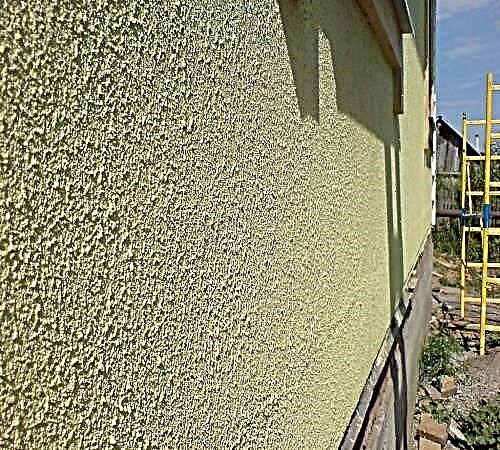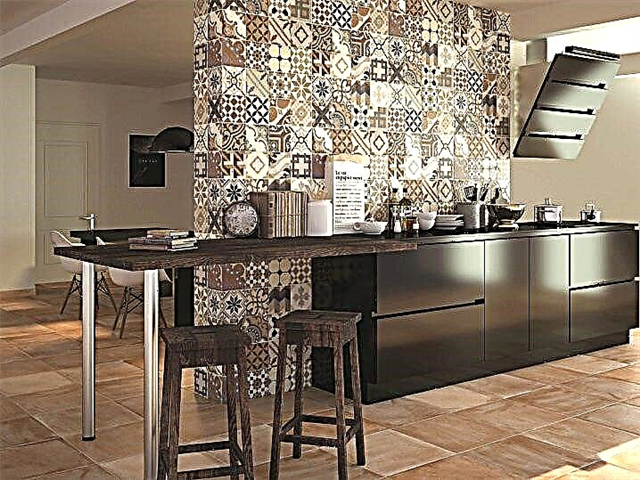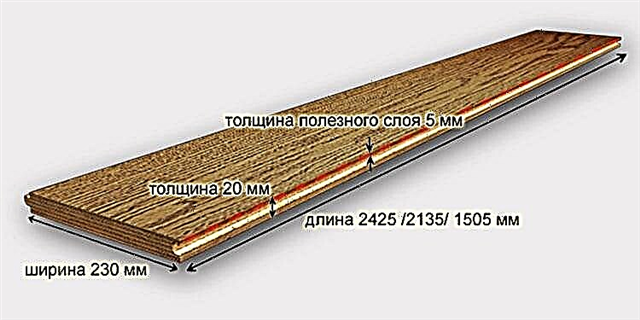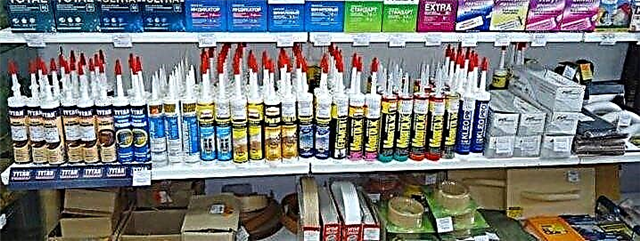
Facade decoration is a very important process that determines the appearance of a building and its relevance to the environment. There are several options for facade plasters, which vary in composition, texture and type of binder. We will talk about the advantages, application technology and features of each of them further.
Advantages of facade plaster
Before moving on to the advantages of using facade plaster, we will determine the functional features of the facade decoration:
- exterior decoration protects the building from negative atmospheric and mechanical effects,
- gives the building an attractive appearance and desired texture.
For tinting and adjusting the color of the plaster, dye is added to it. This finishing material has a wide range of colors.

Among the main advantages of facade plaster we note:
- High adhesion with the base, elasticity and quality composition.
- The possibility of long-term storage, not diluted.
- Resistance to mechanical stress, moisture, temperature changes, ultraviolet radiation.
- Environmental safety - the material does not emit toxic substances during operation.
- Differs in the minimum absorption of dirt, is easy to clean. Some plaster options are self-cleaning.
- Steam permeability - provides comfortable conditions for living indoors. The coating lets air through, creating natural ventilation.
- Ease of application and a variety of plasters in texture, composition, color, method of application.

In relation to the composition of the plasters, the following options are distinguished:
- mineral
- silicate
- acrylic
- silicone origin.
The first option consists of cement with the addition of polymer inclusions, which improve adhesion and give the composition more elasticity. Silicate plaster mass contains fiberglass inclusions and plasticizers, has good performance characteristics.
Acrylic based plaster contains acrylic resin, and silicone - silicone. If the wall is made of natural material, then plaster compositions of mineral, silicate or silicone origin are used for its decoration. These compounds have high vapor permeability, interact well with heaters in the form of mineral wool. For polystyrene insulation systems, acrylic based plaster options are suitable.

Exterior plaster for the facade on an acrylic basis is characterized by good characteristics and the longest life. Mineral plaster is the cheapest, but also the least durable in operation. Stucco with silicate and silicone composition is characterized by medium resistance to environmental influences.
The structure of the plaster also determines the duration of its operation. The more smooth the surface is, the faster it becomes cracked. Therefore, we recommend giving preference to rough surfaces.
The durability of the plaster before burnout is directly determined by the saturation of the tones. The lighter the tone of the plaster, the better it retains color performance.
Types of facade plaster and their characteristics
Learn more about the main types of plaster for the exterior decoration of buildings. First of all, we consider the main types of plaster in relation to the composition.
Stucco with acrylic binders - has good vapor permeability. This composition, with a lack of moisture in the room, gives it away, and with an excess - it absorbs, thereby maintaining optimal microclimatic conditions. This is ensured by the presence of a synthetic-based resin in the dispersion. Among the additional advantages of this composition, we note: good resistance to temperature fluctuations, elasticity, resistance to microorganisms: fungus and mold.

Despite this, acrylic plaster has certain disadvantages, namely:
- easily contaminated, as it is not electrostatic,
- high cost.
Facade plaster of silicate origin also has high vapor permeability. This coating has a wide range of applications, as it has a neutral electrical static. The main element of this plaster is liquid glass based on potassium. The coating is not prone to pollution, well tolerates moisture, temperature fluctuations, ultraviolet radiation does not crack.
Mineral plaster - one of the most popular finishing materials, consists of cement with additional polymeric substances. The material is characterized by the highest strength characteristics, affordable cost and wide scope of use. In addition, we note the following advantages of mineral-based plasters:
- high vapor permeability - do not leave condensation on the walls, regulate indoor microclimatic conditions,
- high pH provides plaster resistance to mold and mildew,
- frost resistance, resistance to precipitation and ultraviolet radiation,
- fire safety - the material is not prone to burning,
- environmental safety - the plaster contains no toxic substances harmful to health,
- ease of washing - use ordinary water or additional detergents to clean the walls,
- after drying, it does not shrink and does not crack, subject to the technology of applying plaster on the wall.

However, mineral plaster differs in a limited range of colors, although after drying, it is painted with facade paints in almost any color. The process of applying plaster requires compliance with strict technological standards and dosages, otherwise, the coating will not have the necessary strength.
Duration of operation of the coating is about ten years, the material is sensitive to vibrations, cracking under their influence.
Silicone plaster is characterized by maximum durability, good dirt-repellent abilities and resistance to precipitation. The walls on which this finishing material is applied are not prone to the formation of mold or fungus. Silicone plaster is a universal composition that combines all the advantages of mineral and acrylic based plasters:
- excellent moisture repellent
- good vapor permeability
- resistance to fungus, mold and other microorganisms,
- increased level of resistance to temperature fluctuations,
- the absence of not only cracks, but also microcracks on the front of the building,
- high level of elasticity
- high strength adhesion with any of the coatings.

There are several texture options for silicone plaster:
- bark beetle - used to decorate the facade, insulated with foam, additionally reinforced with fiberglass mesh,
- lamb - different roughness,
- stone-type plaster - has a smoother texture and as a filler, crushed stone is added to it,
- Venetian-based plaster - contains marble chips, similar in appearance to polished marble.
Advantages and disadvantages
Despite the relevance of the application, plaster, like any other type of material, has not only advantages, but also disadvantages.
| pros | Minuses |
|


 Fig. 47. Rustic layout: a - rustication, b - templates, c - fixing rules on the ceilings with flexible rails, 1 - rule, 2 - rail
Fig. 47. Rustic layout: a - rustication, b - templates, c - fixing rules on the ceilings with flexible rails, 1 - rule, 2 - rail






















 all existing materials have their strengths and weaknesses and can be used in different ways.
all existing materials have their strengths and weaknesses and can be used in different ways.





